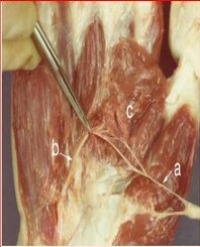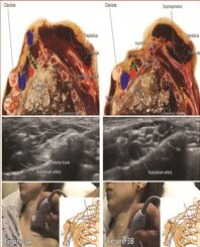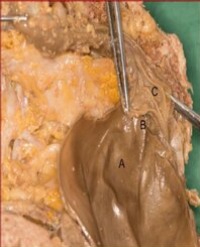
Cannieu-Rich
Objective: The aim of this paper is to report the incidences and provide a new classification of the various types of Cannieu-Riché Anastomosis (CRA).
Materials and methods: The anatomical dissections of 80 limbs from 40 fresh adult cadavers were performed in the Department of Anatomy of the Medical School of the Catholic University of São Paulo. Sixty hands were dissected from 1979 to 1983, and 20 hands were dissected from 2011 to 2015. In all subjects, both hands were studied. Careful dissections were performed under high magnification (with a surgical microscope) with special reference to the incidence of CRA
Results: CRA was found in all of the dissected hands (100%). We propose a new classification of CRA: Type I until Type XI, describing the communication between the recurrent branch of the median nerve and the deep branch of the ulnar nerve to the deep head of flexor pollicis brevis, which is the most common type of anastomosis and our others observations.
Conclusion: According to our study, CRA should be viewed as a normal anatomical neural connection and not as an anatomical variation. The knowledge of this anastomosis is essential because the presence of such neural communication can cause confusing clinical, surgical and electromyographical findings in cases of complete or incomplete median or ulnar nerve lesions or entrapment neuropathies
Edie Benedito Caetano*, Yuri da Cunha Nakmichi, Maico Minoru Sawada, Renato Alves de Andrade, Mauricio Tadeu Nakasone and Luiz Angelo Vieira



